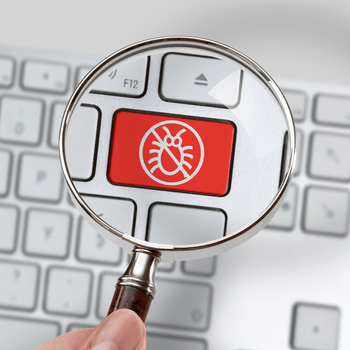There’s a rise in stalkerware in Brazil; learn how to spot and remove them
 You’ve certainly heard the term ‘stalker’, used to describe someone who follows someone else obsessively, whether physically following them in the street, bombarding them with unsolicited messages, or by incessantly attempting to make some form of contact.
You’ve certainly heard the term ‘stalker’, used to describe someone who follows someone else obsessively, whether physically following them in the street, bombarding them with unsolicited messages, or by incessantly attempting to make some form of contact.
But... what about stalkerware? Any idea what that is? As the name suggests, stalkerware are programs installed on electronic devices by someone wanting to spy on another individual the whole time. Using this technology, stalkers are constantly aware of what their victims are accessing, with whom they’re talking and even where they are. In Brazil, Law 14,132 of 2021 amended the Criminal Code, transforming this practice into a crime punishable with a sentence of up to two years in prison.
Even so, according to a new survey by Kaspersky, one in four Brazilians is or has been a victim of stalkerware. The most common cases involve people who use spy programs to keep an eye on their spouses. In fact, what differentiates stalkerware from spyware is precisely the fact that the first is aimed solely at personal harassment, while the latter is used by cybercriminals to steal personal data.
An eye on you
According to the earlier-mentioned Kaspersky study, only 30% of users interviewed know what stalkerware actually is. Mobile phones are the most commonly used device for this purpose, responsible for 54% of the cases. However, spying can also occur through specific monitoring devices (36%), programs installed on computers (24%), webcams (14%), and even smart home devices (12%). According to specialists, online stalking is considered a form of psychological violence – and is prohibited by law.
“The stalkerware is installed discretely, without the victim ever even knowing. And mobile phones being at the top of the list makes complete sense, as it allows for locations to be traced, along with access to private information, such as telephone calls, chats via apps and e-mails”, explains Fábio Assolini, senior security analyst for Kaspersky in Brazil.
How can I know if I’m being stalked?
It’s not too easy to spot stalkerware, since they are usually pretty discreet; however, there are a few hints you can keep a look out for. Pay attention to whether your phone regularly drops in performance, constantly freezing and is slow to open other apps. Stalkerware also tends to drain a smartphone’s battery, so it’s worth checking if the gadget’s power autonomy suddenly drops. Lastly, check if the device is heating up more than usual. But calm down, these could also be signs that the device is obsolete, and not necessarily infected.
This type of spying software doesn’t normally create an icon in the app drawer, but you can enter the settings area on your phone and manually check all the modules, processes and apps that are installed and running. If you locate a suspicious file or application, one you don’t recall installing, it’s best to delete it immediately. Many antivirus solutions can identify stalkerware and automatically remove them, so it’s certainly worth investing in a tool of that kind. As a last resort, if everything else fails, restore the factory settings on the smartphone.
